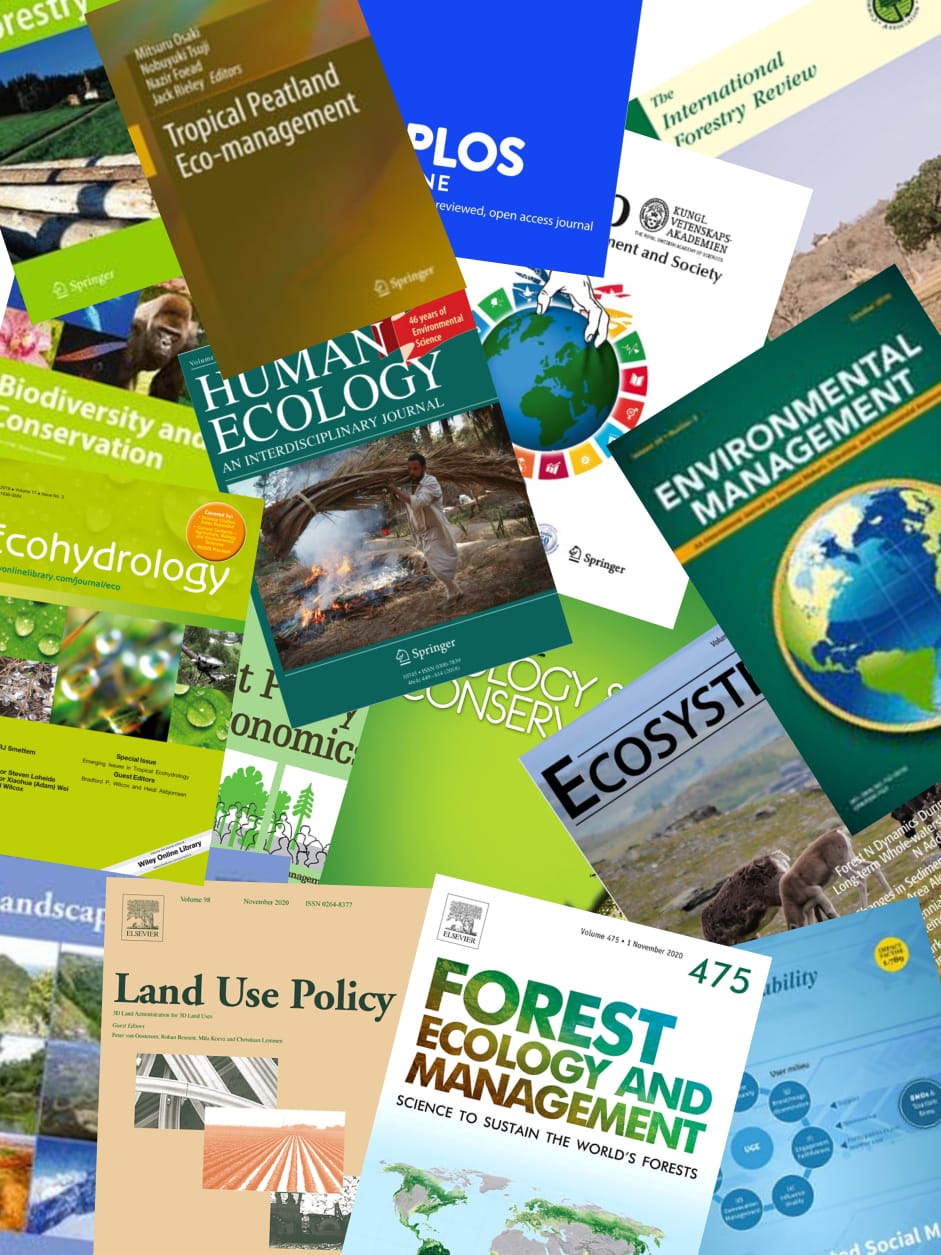1. Tropical peat swamp forests may contain as much as 20% of the global soil carbon stock. They are threatened by large-scale deforestation and canal drainage. Oxidation and forest fire cause enormous carbon emissions. Most remaining areas are located in Indonesia. These are becoming increasingly important for maintaining biodiversity. 2. Time series of historical JERS-1 SAR data reveal the extent and nature of recent disturbances, such as those caused by excess drainage and severe ENSO events. Examples are given for a number of peat swamp forest areas in Sumatra and Borneo. 3. Peat swamp hydrology is studied along a 23-km transect, which crosses a complete peat dome. First results show the relevance of surface runoff and peat soil roughness in the description of flooding events, and have been used to produce an improved hydrological description. 4. Since the dynamics of flooding events can potentially be observed by the ALOS PALSAR instrument (yet to be launched), this new hydrological model can be used to infer parameters relevant for detection of ecosystem disturbance and evaluation of restoration efforts. Copyright (c) 2007 John Wiley & Sons, Ltd.
View source

